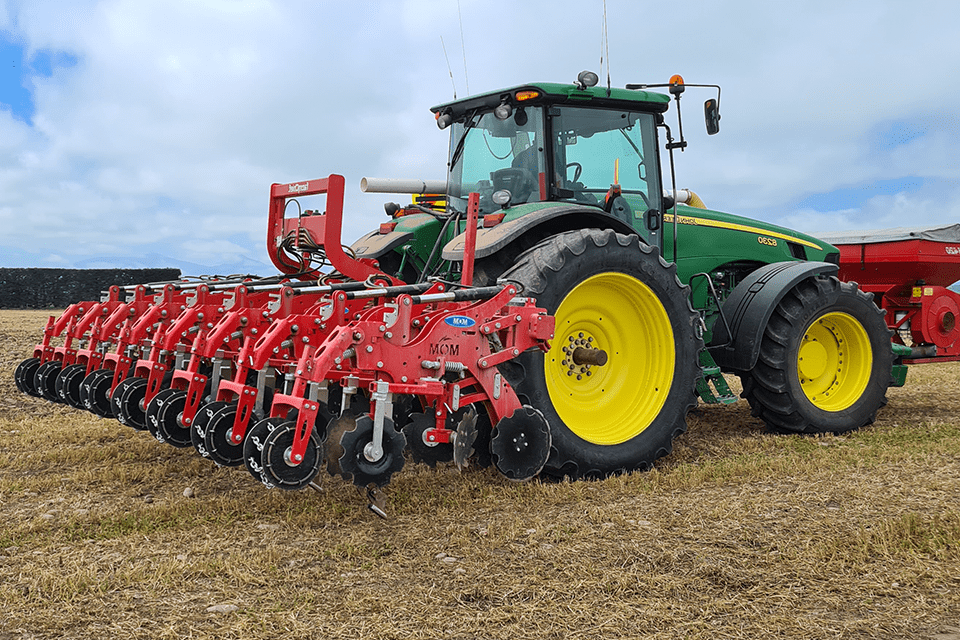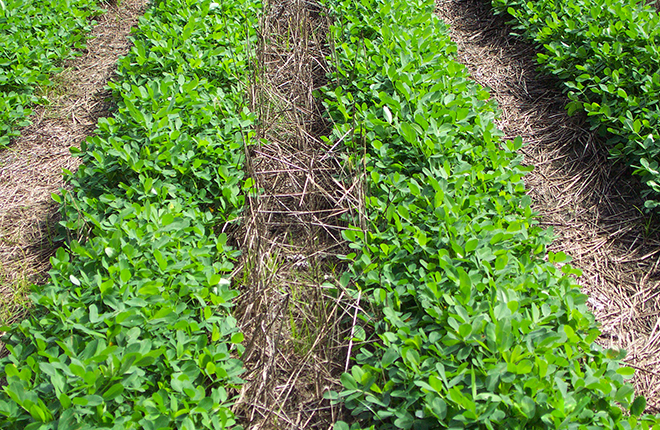USDA ERS - No-Till or Strip-Till Use Varies by Region
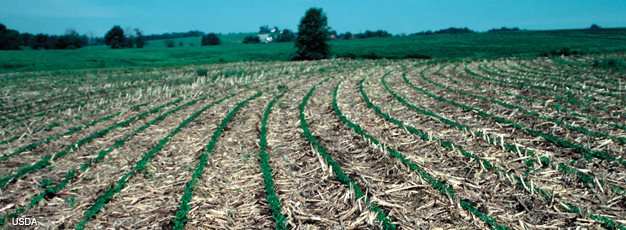
No-till and strip-till are two of many tillage methods farmers use to plant crops. During 2010-11, roughly 56 percent of all U.S. land used for corn, cotton, soybeans, and wheat was located on farms that used no-till/strip-till on at least some portion of this cropland.
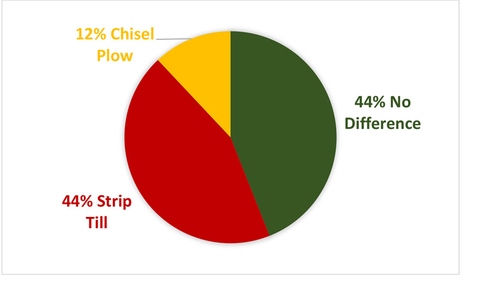
Economics of tillage
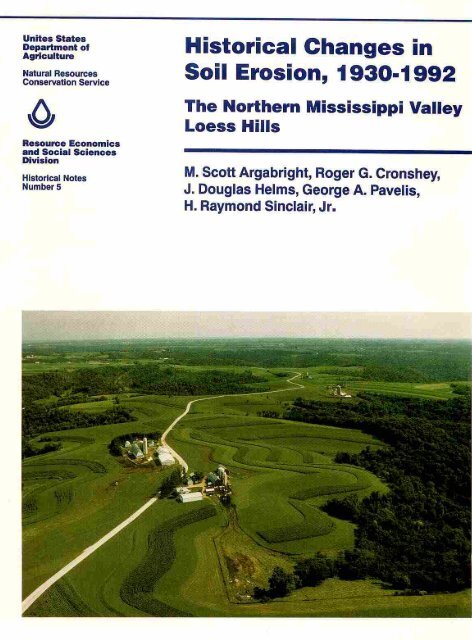
Historical Changes in Soil Erosion, 1930-1992 - Natural Resources
USDA Survey Points to Need for Incentives

Conservation Tillage Systems in the Southeast - References - SARE
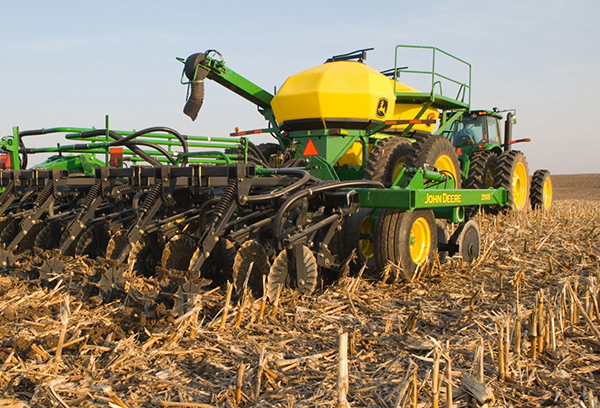
No-till farming Paraquat Information Center
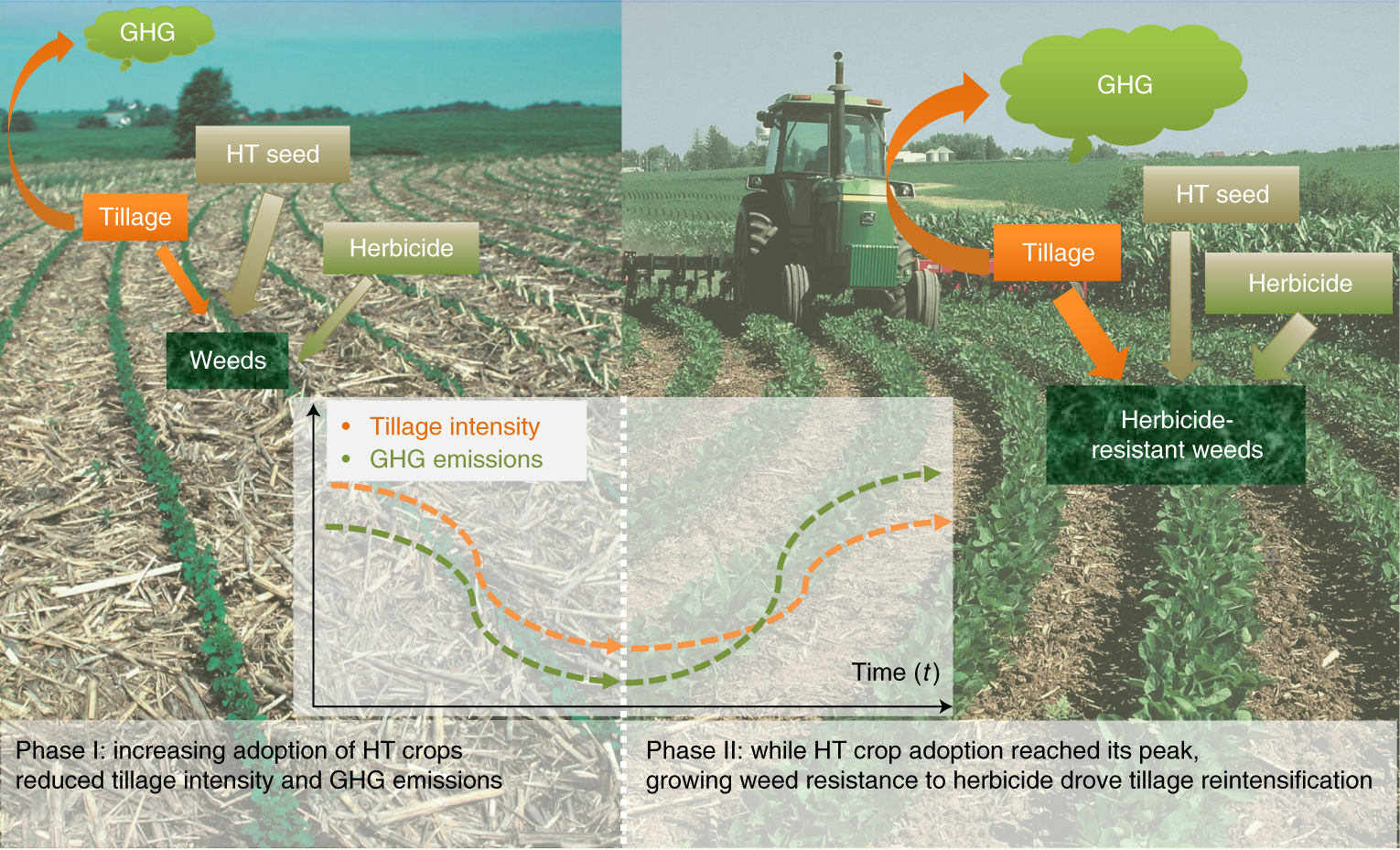
Emerging weed resistance increases tillage intensity and greenhouse gas emissions in the US corn–soybean cropping system
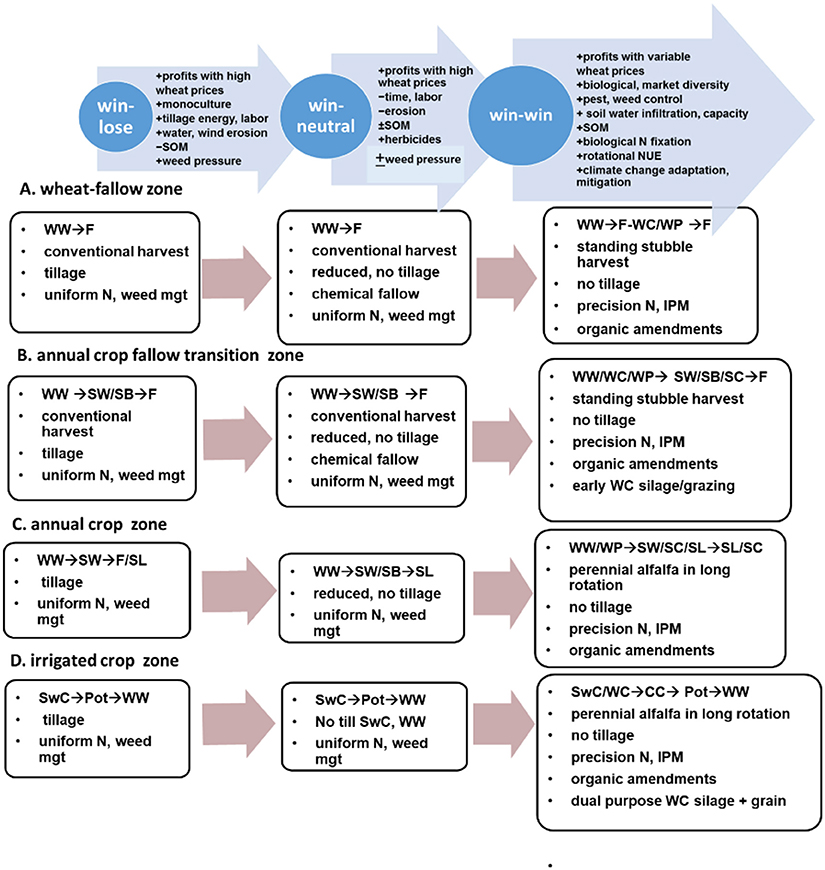
Frontiers Integrating Historic Agronomic and Policy Lessons with New Technologies to Drive Farmer Decisions for Farm and Climate: The Case of Inland Pacific Northwestern U.S.
Water Quality - Nutrient Management and Cropping Systems - Lesson 10 No-till Farming

USDA ERS - Charts of Note
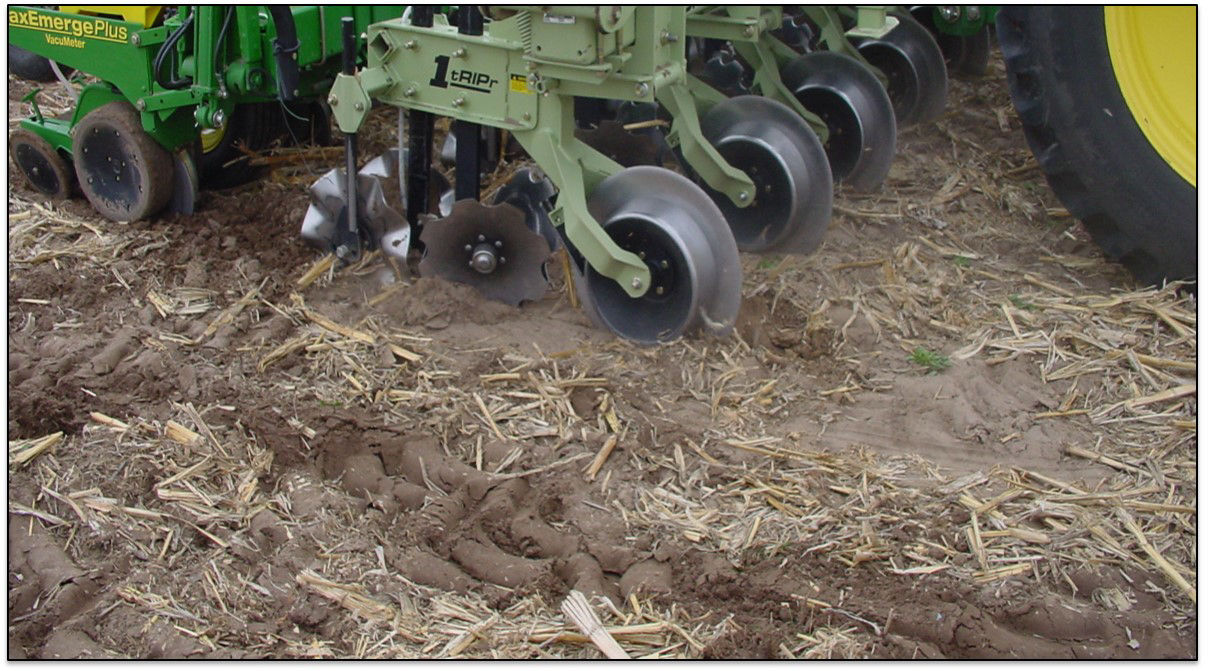
Managing Strip-Till Corn Using Starter Fertilizer

No-till farming Paraquat Information Center

Simulating no-tillage effects on crop yield and greenhouse gas emissions in Kentucky corn and soybean cropping systems: 1980–2018 - ScienceDirect

No-Till Movement In U.S. Continues To Grow
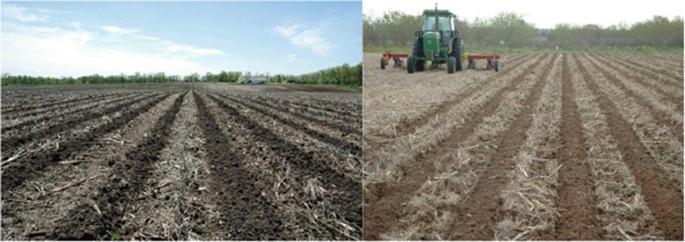
Tillage Systems

USDA: No-Till Leads Soybean, Wheat in Conservation Tillage
